Cleaning your kitchen faucet with vinegar is an effective, natural, and budget-friendly way to maintain its shine and functionality. Over time, faucets accumulate dirt, water spots, limescale, and mineral deposits, especially in areas with hard water. Vinegar, a mild acid, can break down these deposits and leave your faucet looking as good as new without the use of harsh chemicals. I’ve found this method not only safe for most faucet finishes but also a sustainable alternative to chemical-based cleaners.
The process starts with gathering your materials. You’ll need white distilled vinegar, water, a spray bottle, a soft cloth, a sponge or toothbrush, and, if necessary, a plastic bag and a rubber band. Having everything ready ensures the cleaning process goes smoothly without interruptions. I like to keep these items on hand since regular maintenance can prevent the buildup of stubborn stains.

Before applying vinegar, check your faucet’s manufacturer guidelines. Some finishes, like certain types of brushed nickel or oil-rubbed bronze, might react poorly to vinegar if left in contact for extended periods. If you’re unsure, test the vinegar on a small, inconspicuous area first. I always recommend being cautious, as a little preparation can save your faucet from potential damage.
To start, mix equal parts vinegar and water in a spray bottle. This diluted solution is safe for most finishes and strong enough to tackle grime. Spray the solution generously over the faucet, focusing on areas with visible stains or buildup. Let it sit for about 5-10 minutes. During this time, the vinegar works to dissolve mineral deposits and loosen dirt. I’ve noticed that this step alone often makes a significant difference in the faucet’s appearance.
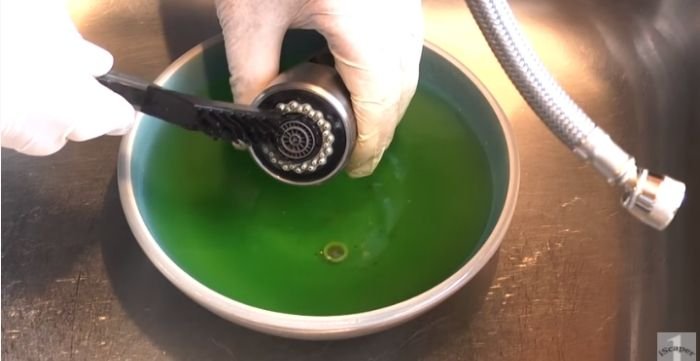
For stubborn spots, such as limescale around the base of the faucet or on the aerator, a more targeted approach might be necessary. Soak a cloth or sponge in undiluted vinegar and wrap it around the affected area. Let it sit for 20-30 minutes. The vinegar’s acidity helps break down the buildup, making it easier to scrub away. I find this method particularly effective for faucets that haven’t been cleaned in a while.
To clean the faucet’s aerator, which can become clogged with mineral deposits, unscrew it carefully. Soak it in vinegar for about an hour to dissolve any buildup. Use an old toothbrush to scrub away any remaining residue before rinsing it thoroughly. Reattach the aerator, and you’ll likely notice improved water flow. I always appreciate how this simple step can enhance both the faucet’s functionality and efficiency.

If the faucet’s base has accumulated grime where it meets the sink, wrap a paper towel soaked in vinegar around the area and let it sit. This method ensures the vinegar stays in contact with the grime, making it easier to remove. After about 30 minutes, scrub gently with a soft brush or sponge. I’ve found that even tough stains come off with this technique.
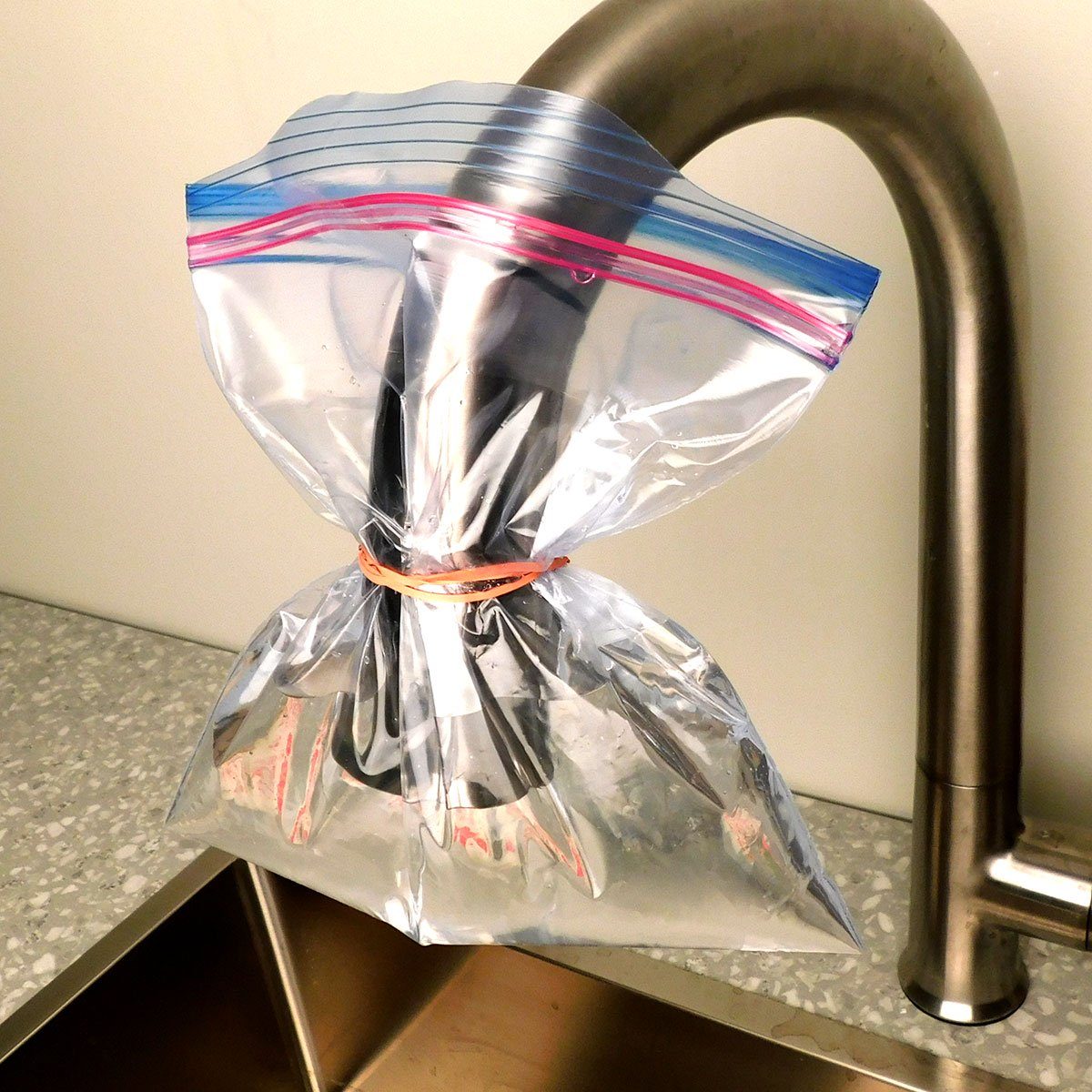
For chrome faucets, vinegar does wonders in restoring shine. After cleaning, buff the faucet with a dry microfiber cloth to remove water spots and streaks. The result is a gleaming surface that looks brand new. I love how satisfying it is to see the faucet sparkle after just a few minutes of effort.
If your faucet has moving parts, such as pull-out sprayers or handles, ensure these are cleaned as well. Spray the vinegar solution into crevices and joints where grime tends to accumulate. Use a toothbrush to scrub gently, reaching into hard-to-access areas. This attention to detail not only improves the faucet’s appearance but also prevents mechanical issues caused by debris buildup.
Rinsing thoroughly is an important step after using vinegar. While vinegar is excellent at breaking down dirt and deposits, leaving it on the surface for too long can damage certain finishes. Rinse the faucet with warm water and wipe it dry with a clean cloth. I always ensure no residue is left behind, as this helps maintain the faucet’s finish over time.

Regular maintenance is key to preventing future buildup. I recommend cleaning your faucet with vinegar once a week, or more often if you live in an area with hard water. This routine helps keep limescale and grime at bay, reducing the need for deep cleaning. Personally, I’ve noticed that consistent upkeep not only saves time but also extends the lifespan of the faucet.
In addition to cleaning, it’s important to inspect the faucet for leaks or other issues during maintenance. Check for drips, loose parts, or signs of corrosion. Addressing these problems early can prevent costly repairs later on. I always take a few minutes to look over the faucet and ensure everything is in good working order.
Vinegar is an eco-friendly cleaner, making it an excellent choice for environmentally conscious households. Unlike chemical cleaners, vinegar doesn’t release harmful fumes or residues. It’s biodegradable and safe for septic systems, so you can use it with peace of mind. I appreciate how this simple solution aligns with sustainable living practices.
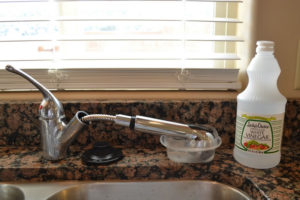
When cleaning with vinegar, always work in a well-ventilated area. While vinegar is generally safe, its strong smell can be overpowering in enclosed spaces. I usually open a window or turn on a fan to keep the air fresh. If the odor bothers you, adding a few drops of essential oil to the vinegar solution can help mask the scent.
For heavily tarnished faucets, multiple cleaning sessions may be necessary. Be patient and repeat the process as needed until the desired results are achieved. I’ve found that persistence pays off, even for the most stubborn buildup. With each cleaning session, the faucet looks progressively better.
One of the best things about using vinegar is its versatility. In addition to cleaning faucets, it can be used to clean other kitchen surfaces, such as sinks, countertops, and appliances. Keeping a bottle of vinegar solution handy simplifies my cleaning routine and ensures my kitchen stays fresh and hygienic.

Common Mistakes to Avoid:
Using undiluted vinegar on sensitive finishes: Always dilute vinegar unless targeting specific tough spots, and test it on a small area first.
Leaving vinegar on the faucet for too long: Prolonged exposure can damage certain finishes, such as brushed nickel or bronze.
Skipping rinsing: Failing to rinse thoroughly can leave a sticky residue, dulling the finish.
Using abrasive tools: Steel wool or harsh scrubbers can scratch the surface of the faucet, leading to permanent damage.
Neglecting regular cleaning: Waiting until buildup becomes severe makes cleaning more challenging and time-consuming.
Ignoring aerator maintenance: Clogged aerators reduce water flow and can harbor bacteria if not cleaned periodically.

Why is vinegar effective for cleaning kitchen faucets?
Vinegar contains acetic acid, which dissolves mineral deposits, limescale, and grime. It’s also a natural deodorizer and disinfectant, making it a versatile and eco-friendly cleaning solution. I’ve found that vinegar works wonders on most faucet finishes when used correctly.
Can I use vinegar on all faucet finishes?
While vinegar is safe for many finishes, it can damage certain ones, like unsealed brass, bronze, or certain coatings. Always test vinegar on a small area first and dilute it when in doubt. Checking manufacturer guidelines is a good precaution I always recommend.
How often should I clean my kitchen faucet with vinegar?
For routine maintenance, cleaning your faucet with vinegar once a week is sufficient. In hard water areas, you might need to clean more frequently to prevent limescale buildup. Regular cleaning has saved me from deep-cleaning sessions in the long run.

Is it safe to use vinegar to clean the aerator?
Yes, soaking the aerator in vinegar is an effective way to remove clogs caused by mineral deposits. Ensure you rinse thoroughly after soaking to remove any loosened debris. I’ve noticed this also improves water pressure and flow.
What should I do if vinegar doesn’t remove tough stains?
For stubborn stains, try combining vinegar with baking soda to create a paste. Apply it to the affected area, let it sit for a few minutes, and scrub gently. This combination has worked for me on even the most persistent spots.
Are there alternatives to vinegar for cleaning faucets?
If vinegar isn’t suitable for your faucet’s finish, you can use lemon juice, mild dish soap, or specialized faucet cleaners. I’ve found these alternatives work well while still being gentle on delicate finishes.
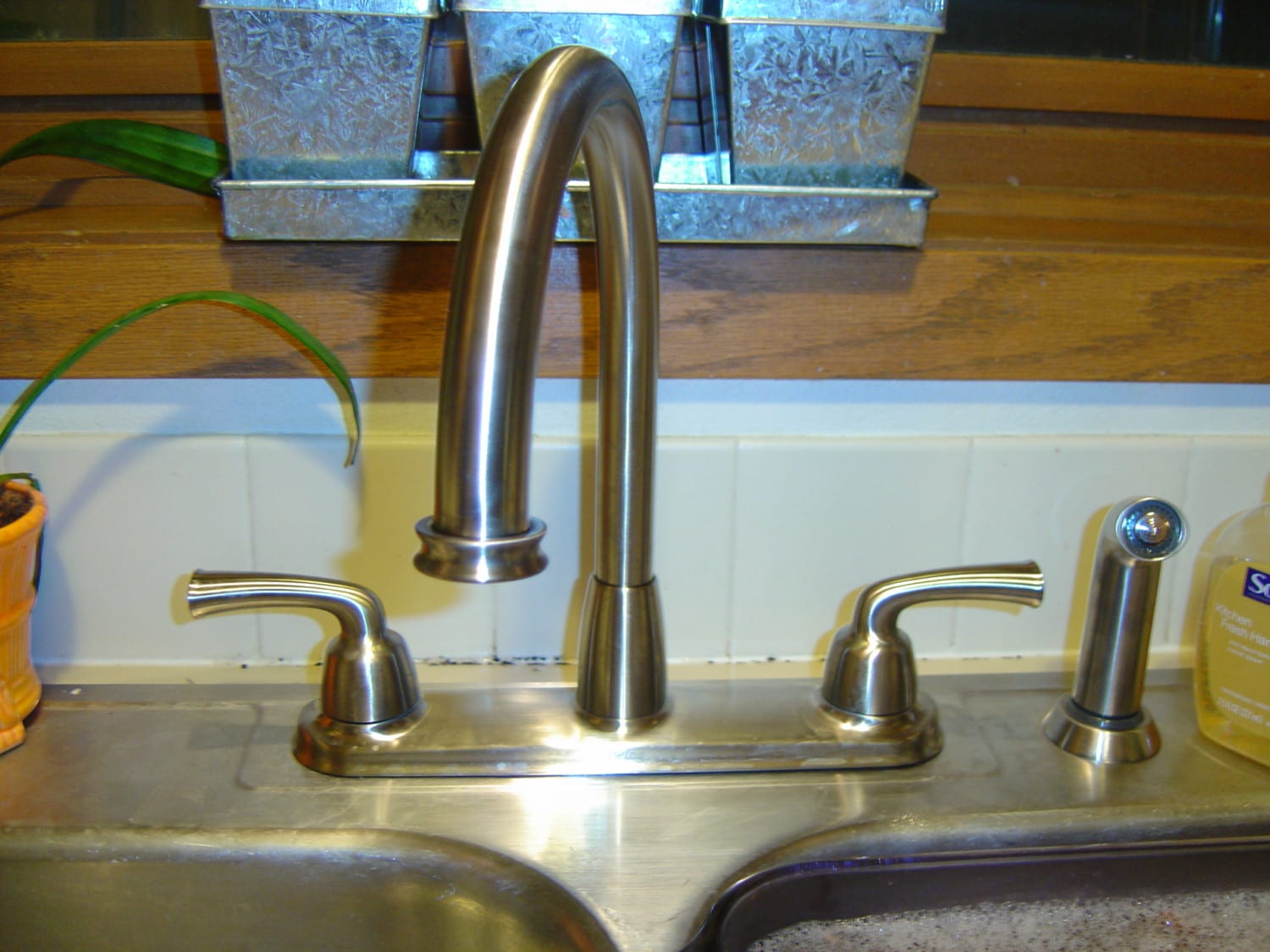
Clever Ways to Clean with Vinegar! – Clean My Space
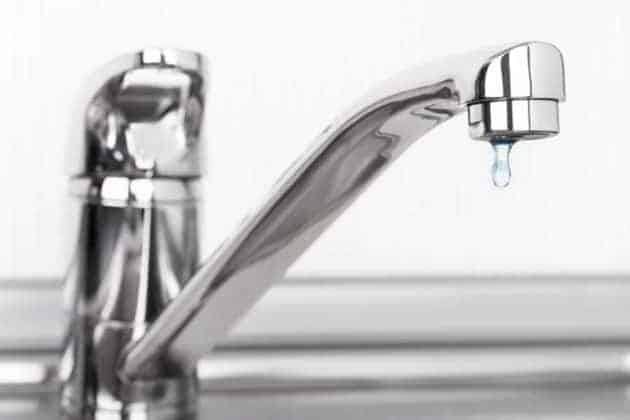
HomeKeeping for All: How to Clean your Kitchen Faucet
Related Posts: